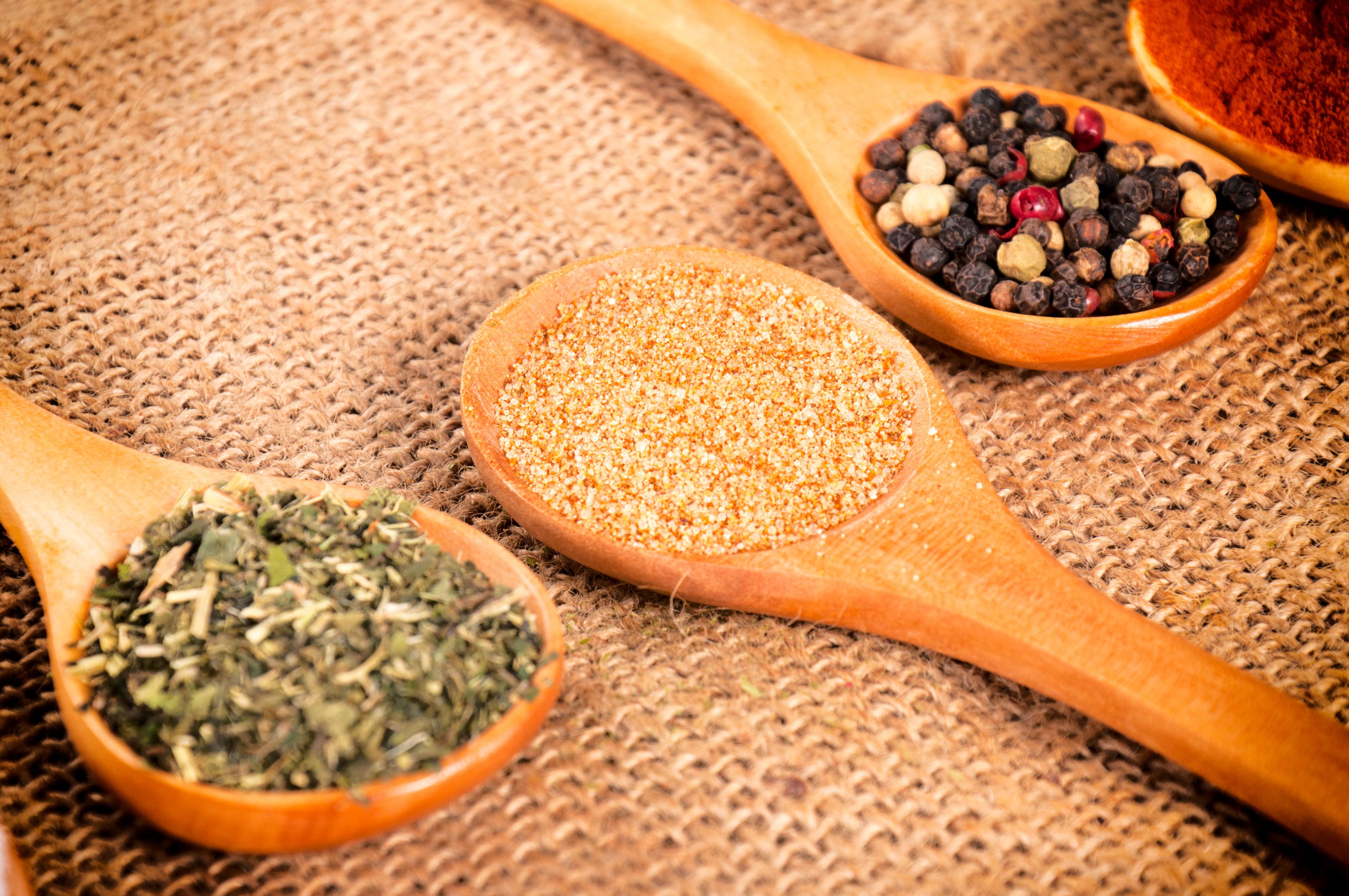Tips to Use for Making Meat Tastier
Executives at a marine catering company should not expect a highly enthusiastic response from on-board cooks, after suggesting use of marinades or smoking, in order to enhance the taste of a particular roast. Chefs like to have options that can be utilized at the last minute, if necessary. Moreover, no chef wants to tie up lots of space in a refrigerator, just so meat can soak in a marinade.
An alternate method for making meat tastier
The professionals at a maritime catering company can do away with such concerns by urging their chefs to start injecting a cut that is destined to become a main dish. Indeed, besides serving as a solution to some common problems, the method known as meat injection delivers a few additional benefits. It represents that only proven way by which a cook’s hands can be used to put fats, herbs, spices or other large particles deep into a piece of meat. In fact, anyone that has spent a fair amount of time in the marine catering industry has probably heard other objections to the use of marinades or smoking. Besides the waiting, at least one of those two techniques can be associated with another word that starts with “w.” That word is waste. If a cook’s desire to prevent waste encourages use of leftover marinade, then an opening for safety issues develops. Meat injection does not mask the flavor of the injected roast/cut. Because muscle already contains so much water, chefs need to inject only a small amount of liquid. Tasty main dishes can be created by injecting meat with a simple solution, such as salt water, stock or salted butter. Of course a chef’s experience should serve as a warning that the injecting tool must be of the highest quality. It should have an extra sharp and pointed tip, but not a tip with a hole in the end of it. The best injectors have holes along the needle’s sides. The needle should feature a reliable connection to the syringe, as well as a good-fitting gasket, one that ensures the needle’s attachment to the syringe’s interior Selective focus in the middle of chicken spice.
Rubs, another way of enhancing the flavor of meat
Some cooks shy away from using rubs, because they worry about over salting the rubbed cut. Those with a greater awareness of the rub’s usefulness understand how to prevent such an unwanted occurrence. The actual rubbing should not get carried out more than two to four hours before initiating the cooking process. A smart marine catering company will hire cooks that can schedule their preparation so that the rub’s presence on the meat-in-preparation does not get reduced to a period of less than 10 to 15 minutes, preferably longer. In addition, members of victualling management ought to arrange for shipment of the proper seasonings to the catered vessel. That would entail shipment of cumin, paprika, granulated garlic, granulated onion, chili powder, brown sugar, kosher salt and three kinds of peppery seasonings: black, white and cayenne pepper. A combination of seasonings aids creation of an excellent rub. Still, no one seasoning should be used to a great extent. If any one of them overpowers the meat’s natural flavor, the rub’s benefits seem to get rubbed out, and thus become of little consequence.

